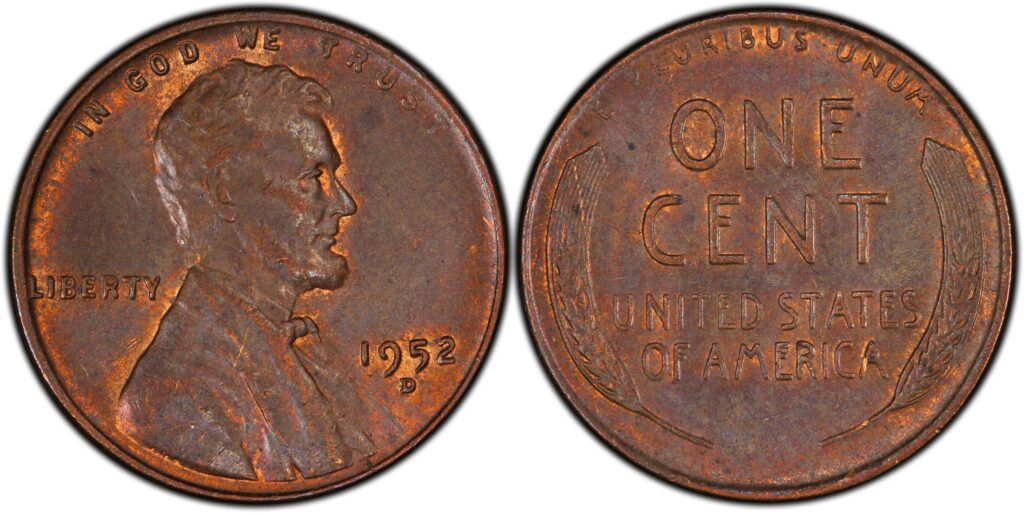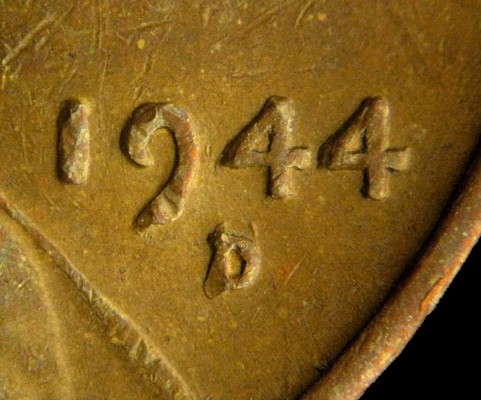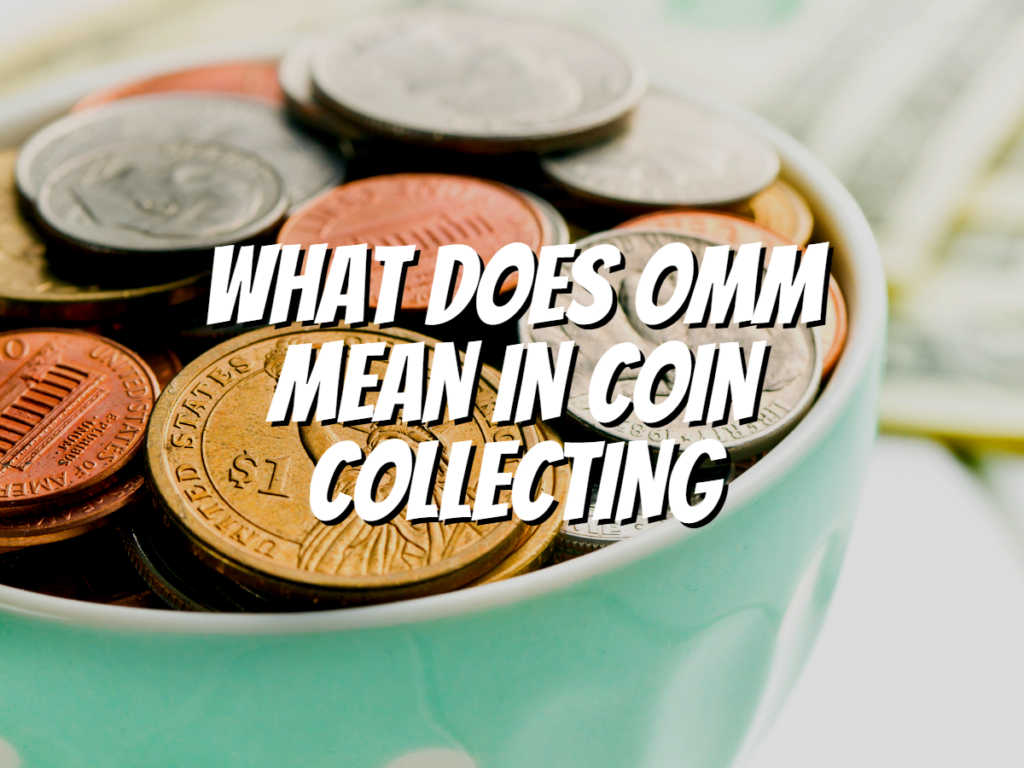When collecting coins, you’ve probably encountered an OMM error. But what does it mean?
This article will give a brief overview and history of the OMM error and its value in coin collecting.
What Does OMM Mean in Coin Collecting?

Overmintmarks occur when two distinct mintmarks overlap one another. It’s common for the initial, “obscured,” mintmark to be smaller and thinner than the final, “definitive” mintmark.
This could indicate that the first mintmark was poorly punched into the working die or that an attempt was made to remove it before punching in the second mintmark.
What Does it Mean?


The 1944-D Lincoln cents have two over mintmarks. Each coin had a D-mintmark superimposed on top of an S-mintmark.
When the Denver Mint ran out of working dies, they may have reassigned some dies originally slated for the San Francisco Mint as a temporary fix.
After unsuccessfully trying to remove the original S-mintmark, those working dies were re-struck with a new mintmark.
However, the original mint mark survived and is partially visible on the coins.
When is this error known to be seen?
This error is seen on all coins minted in the United States and Canada but can also occur on coins from other countries.
What is the value of an OMM coin?
The value of an OMM coin is determined by its scarcity, the rarity of the coin, and its condition.
- Rarity: The rare a coin is, the more valuable it will be. For example, suppose you have an OMM Lincoln cent in circulation for 100 years, but it still looks brand new (because it’s been kept in a safety deposit box). In that case, it will be worth much more than another one with scratches and dents from circulation for only one year.
- Condition: The condition of your coin also affects how much you can sell it for. If someone hands you an old penny that has been around since 1882 without any wear or tear and perfectly smooth edges—something like what we would see on display at our local currency museum—then chances are good that you could get up to $300 or so from them!
If, however, they were handing you a coin worn down by time and used to the point where it is almost unrecognizable as a penny (and not just because of its age), then chances are that it will only be worth about $1 or so.
Takeaway:
Over Mint Mark (OMM) coins were struck by two or more mints in the same year. So they’re not rare and don’t command a higher premium than regular coins—they’re just different.
Although OMM coins are not worth more than common issues, they can be fun to collect as part of a collection or for educational purposes.
Before you go…
The OMM error can be found on many coins. The first thing to remember is that this is not an error on every coin, but only a few. It’s also important to note that there are different types of errors, such as off-center strikes or double strikes, which may or may not affect value. If you find yourself with a coin with this error, then consider yourself lucky because it could be worth more than its face value!
Check out my next article: “What are RPM Coins?“
Related Articles:

